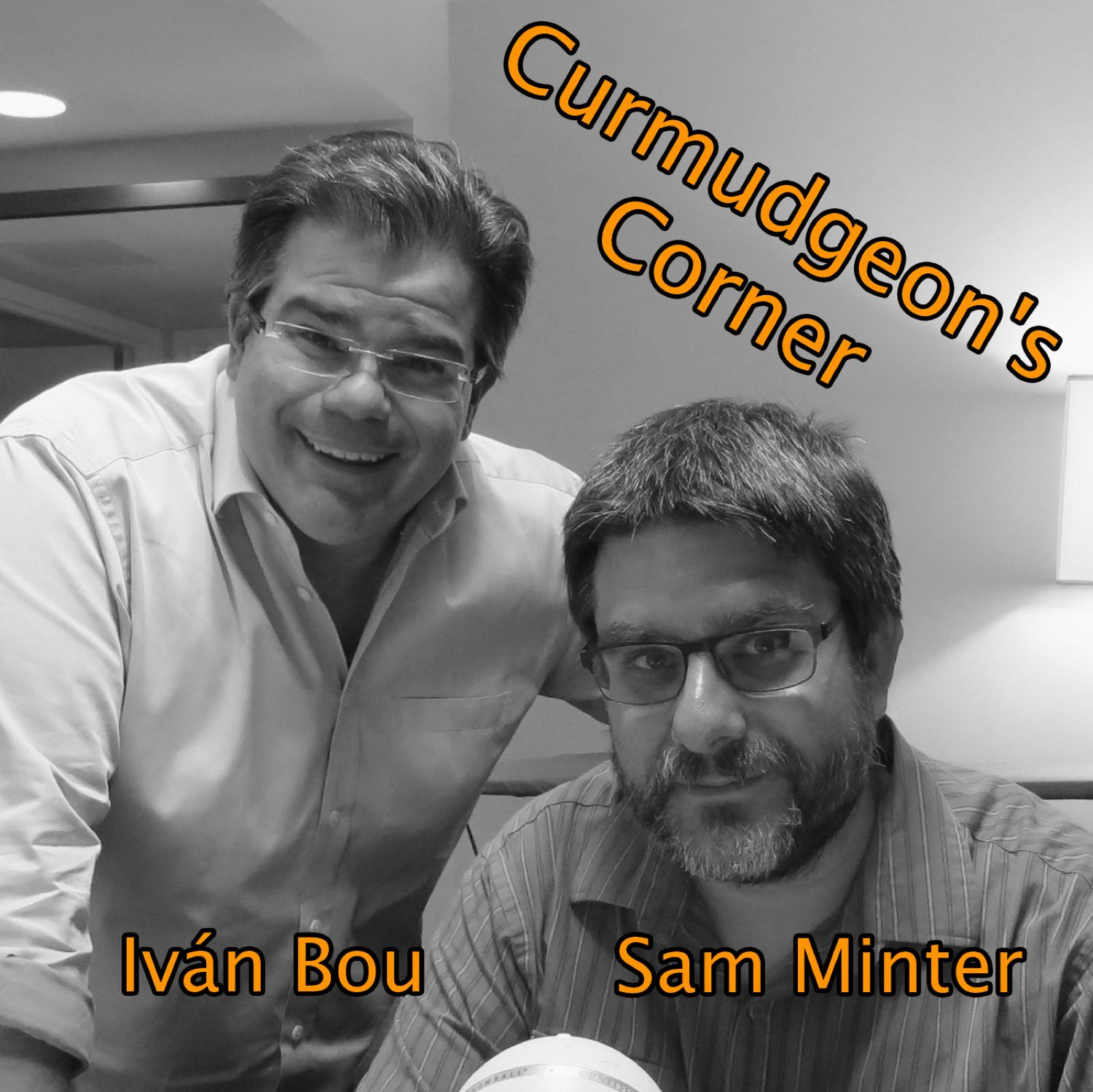Episode 2793
Palo (religion)
Fri, 2024-Dec-27 01:01 UTC
Length - 3:50
Direct Link
Welcome to Featured Wiki of the Day, your daily dose of knowledge from Wikipedia’s finest articles.
The featured article for Friday, 27 December 2024 is Palo (religion).
Palo, also known as Las Reglas de Congo, is an African diasporic religion that developed in Cuba during the late 19th or early 20th century. It draws heavily upon the traditional Kongo religion of Central Africa, with additional influences taken from Catholicism and from Spiritism. An initiatory religion practised by paleros (male) and paleras (female), Palo is organised through small autonomous groups called munanso congo, each led by a tata (father) or yayi (mother).
Although teaching the existence of a creator divinity, commonly called Nsambi, Palo regards this entity as being uninvolved in human affairs and instead focuses its attention on the spirits of the dead. Central to Palo is the nganga, a vessel usually made from an iron cauldron. Many nganga are regarded as material manifestations of ancestral or nature deities known as mpungu. The nganga will typically contain a wide range of objects, among the most important being sticks and human remains, the latter called nfumbe. In Palo, the presence of the nfumbe means that the spirit of that dead person inhabits the nganga and serves the palero or palera who possesses it. The Palo practitioner commands the nganga to do their bidding, typically to heal but also to cause harm. Those nganga primarily designed for benevolent acts are baptised; those largely designed for malevolent acts are left unbaptised. The nganga is "fed" with the blood of sacrificed animals and other offerings, while its will and advice is interpreted through divination. Group rituals often involve singing, drumming, and dancing to facilitate possession by spirits of the dead.
Palo developed among Afro-Cuban communities following the Atlantic slave trade of the 16th to 19th centuries. It emerged largely from the traditional religions brought to Cuba by enslaved Bakongo people from Central Africa, but also incorporated ideas from Roman Catholicism, the only religion legally permitted on the island by the Spanish colonial government. The minkisi, spirit-vessels that were key to various Bakongo healing societies, provided the basis for the nganga of Palo. The religion took its distinct form around the late 19th or early 20th century, about the same time that Yoruba religious traditions merged with Roman Catholic and Spiritist ideas in Cuba to produce Santería. After the Cuban War of Independence resulted in an independent republic in 1898, the country's new constitution enshrined freedom of religion. Palo nevertheless remained marginalized by Cuba's Roman Catholic, Euro-Cuban establishment, which typically viewed it as brujería (witchcraft), an identity that many Palo practitioners have since embraced. In the 1960s, growing emigration following the Cuban Revolution spread Palo abroad.
Palo is divided into multiple traditions or ramas, including Mayombe, Monte, Briyumba, and Kimbisa, each with their own approaches to the religion. Many practitioners also identify as Roman Catholics and practice additional Afro-Cuban traditions such as Santería or Abakuá. Palo is most heavily practiced in eastern Cuba although it is found throughout the island and abroad, including in other parts of the Americas such as Venezuela, Mexico, and the United States. In many of these countries, Palo practitioners have faced problems with law enforcement for engaging in grave robbery to procure human bones for their nganga.
This recording reflects the Wikipedia text as of 01:01 UTC on Friday, 27 December 2024.
For the full current version of the article, see Palo (religion) on Wikipedia.
This podcast uses content from Wikipedia under the Creative Commons Attribution-ShareAlike License.
Visit our archives at wikioftheday.com and subscribe to stay updated on new episodes.
Follow us on Mastodon at @wikioftheday@masto.ai.
Also check out Curmudgeon's Corner, a current events podcast.
Until next time, I'm generative Matthew.
|
|


